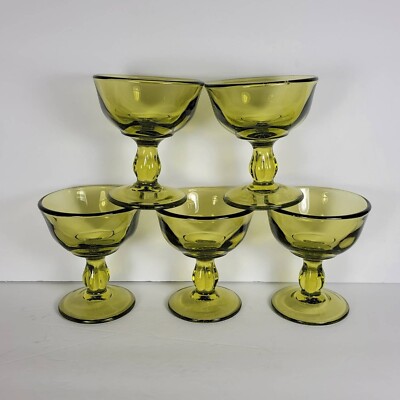My Quest to Spot Fake Spanish Chalices
It all started last Tuesday morning. I finally got my hands on what the seller swore was a genuine 17th-century Spanish chalice he found at some rural estate sale. Looked stunning in the photos, price made me sweat a little, but man, I wanted it. Before shelling out serious cash though, I knew I had to test it myself. No way I’m getting burned again – that fake Roman coin fiasco still stings!

So, I cleared off my cluttered workshop table, grabbed my cheap magnifying glass, my little jeweler’s loupe I keep for coins, and even dug out my wife’s nail file (shhh, she doesn’t know). Ready to play detective.
Sign 1: That Weight Just Feels Wrong
First thing I always do? Pick it up. Sounds stupid simple, right? But fake stuff usually tries too hard or not enough. A real silver chalice from that time? They poured it thick, solid. This thing? Way lighter than my gut expected. I grabbed this ugly, tarnished pewter tankard I found years ago – genuine article, heavy beast – and yeah, the difference was night and day. Like holding a soda can versus a brick. Immediately, alarm bells started ringing softly. Weight test: Big fat FAIL. Real Spanish stuff has serious heft.
Sign 2: Scratching the Surface Drama
Alright, weight was off. Time for a closer look, literally. I flipped that thing upside down on my slightly sticky workbench pad and went in with the magnifying glass. First, hunting for maker’s marks or hallmarks. Supposed to be somewhere discreet on the base or stem. Scanned every millimeter. Nada. Zip. Just smooth, weirdly uniform metal.
That’s when I got brave (or stupid). Found a hidden spot low down on the stem and gave it a tiny, gentle scratch with the tip of the nail file. Real precious metal, especially old silver, usually shows the same bright color underneath a shallow scratch. This thing? Under that little scratch was this dark, gross grey-brown color. Like bad pot metal hiding under a thin skin. Tarnished silver wouldn’t look that nasty underneath. Scratch test: Epic FAIL. It screamed “plating” or worse.
Sign 3: The Tarnish Tells Tales
Still suspicious, I flipped it back over and stared hard at the surface. Age does weird and often beautiful things to old silver. Tarnish builds up unevenly – deep in crevices, mellow on flat surfaces. Over centuries? It gets this complex, layered look, almost like tiny landscapes.

This chalice? Nah. The tarnish looked… suspiciously perfect. Like someone smeared on a thin, even layer of black shoe polish and called it patina. Used my loupe this time. Zoomed right in. No subtle variations. No depth. Just flat, cheap-looking darkness, especially in the fake “engraved” floral patterns – they looked more carved than worn. Compared it side-by-side to photos of confirmed real pieces online (carefully avoiding shady sites!), and it screamed fake. Patina test: Total FAIL.
What Happened Next? I Walked Away!
So, bottom line? Three strikes and it’s out:
- Too light, like cheap knockoff jewelry.
- Scratch exposed awful base metal underneath.
- Tarnish was as fake as a spray-on tan.
I took all my blurry phone pics as proof, swallowed my disappointment (that chalice really looked nice!), and politely told the seller “No thanks.” Felt crappy saying no to something I wanted, but way better than dropping cash on fancy junk. My wallet sighed in relief. Another day, another lesson learned the hands-on way. Always test, folks!


